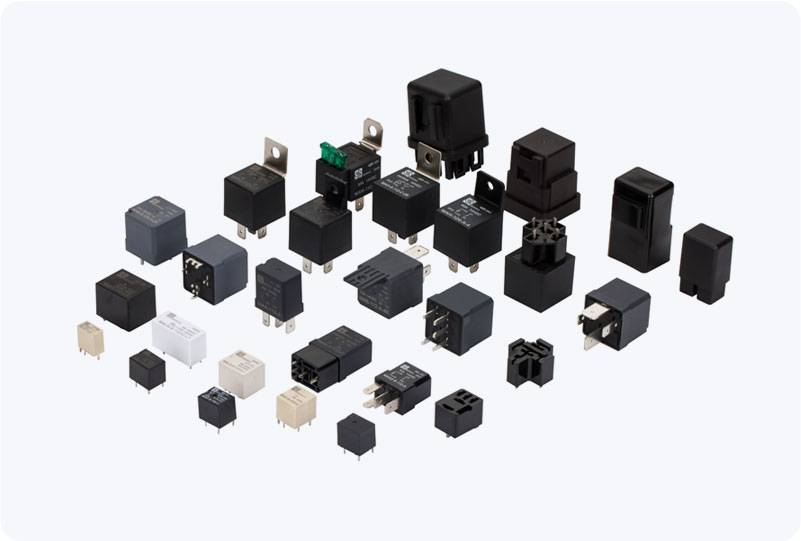High current relays (HCR) are essential components in modern electrical systems, designed to handle large amounts of current and control high-power circuits. Whether in industrial control systems, automotive electronics, or power distribution, these relays are critical for efficient and safe operation. This article explores what high current relays are, their working principles, and their various applications in different industries.

What is a High Current Relay? A high current relay is an electrically operated switch that can control the flow of large electrical currents, typically ranging from tens to hundreds of amperes. These relays function by using a low-power control signal to open or close high-power circuits. This allows them to control or protect electrical devices that require high current and voltage to operate. High current relays are commonly used in applications where the current or voltage is too high for conventional relays to manage effectively. How Does a High Current Relay Work? The operation of a high current relay is based on the principle of electromagnetism. When an electric current flows through the coil of the relay, it creates a magnetic field that attracts or repels a set of contacts, either closing or opening the circuit. The contacts within the relay are designed to handle the high current load without overheating or causing damage. These relays are designed with specialized materials such as silver or copper alloys to ensure longevity and reliable performance under high load conditions.